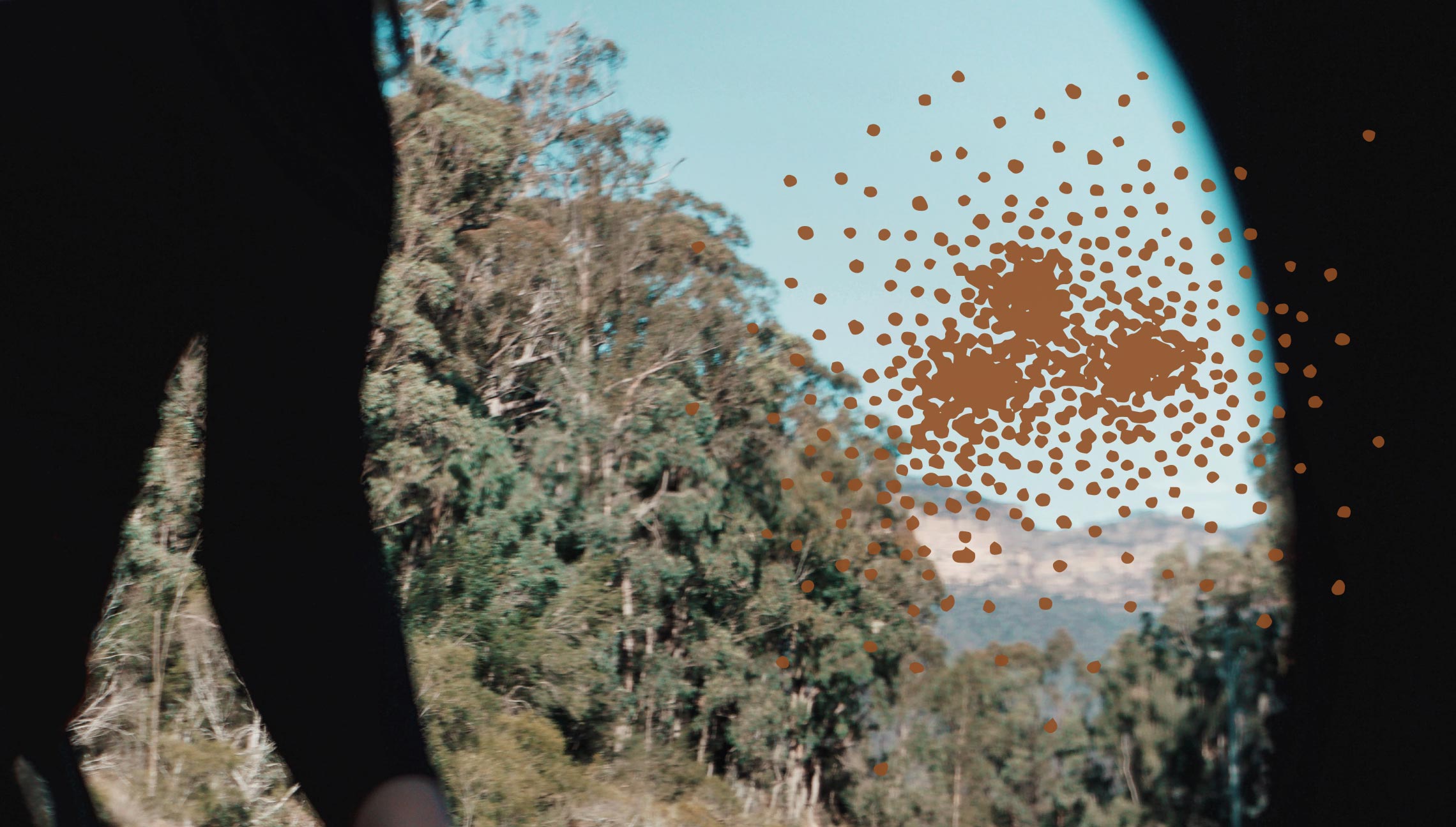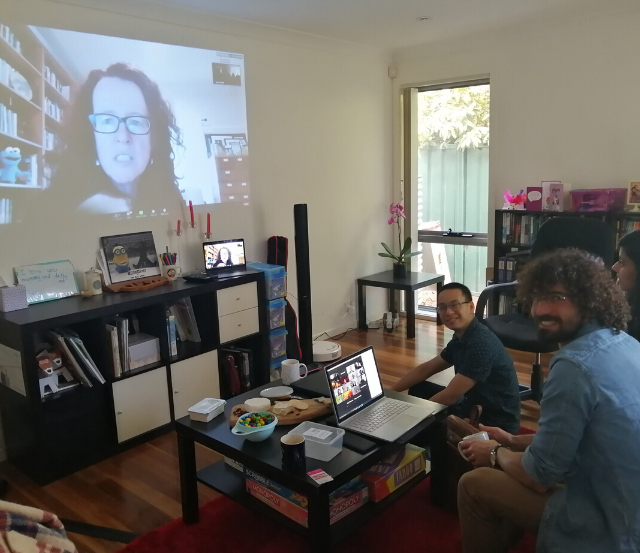What is 3Ai homework? In 2020, 3Ai is excited to be back in the classroom with a new cohort of Masters students, teaching a new branch of engineering into existence.
How would you like to play along at home? We are trying something different this year and giving you a little glimpse of life as a 3Ai student. And that means… homework! (disclaimer: don’t worry, you’re not being assessed). During the semester we will share with you a sample of what we are reading, a snapshot of the influences and discussions shaping 3Ai. This will match up with the fortnightly themes of our program.
In Semester One, students are undertaking two courses:
-
Question Framing, within which students engage with perspectives from a wide range of disciplines to frame critical and constructive questions about cyber-physical systems; and
-
Build, where students learn to create cyber-physical systems in collaborative teams with an explicit awareness of the environmental, social, and technological contexts that their systems could eventually exist within.
Like you, our students are now learning from home. 3Ai has officially gone diasporic, and our students have been transitioned to digital and remote classrooms for the remainder of the Semester. Staying connected but keeping apart!
Your resources for Theme Six:#
Here we are, #3Ai2020cohort has made it to the final fortnight of Semester 1. Congratulations to those of you at home who have tackled the readings alongside our students. This fortnight the parts — data, sensors, algorithms, machine learning, networks, systems, the internet of things, embedded compute — all come together in cyber-physical systems (CPS). The emergence of CPS calls for a new branch of engineering, the creation of which is at the very heart of our mission at 3Ai. You could say this is an important topic for our students of the Master of Applied Cybernetics, the emerging practitioners in this new branch of engineering. Might cybernetics, a precursor to conversations about artificial intelligence, be one approach to help us take CPS safely, responsibly and sustainably to scale?
Here is your taste of the resources for Question Framing for Theme 6:
-
Norbert Wiener (1961) Cybernetics: or control and communication in the animal and the machine. Cambridge: MIT Press. Front matter and introduction. Pp 1–29. Book. We secretly want you to read the whole book, but start here and perhaps the rest might make its way sneakily into your mid-semester break reading…
-
Margaret Mead (1968) Cybernetics of cybernetics. In: H von Foerster et al (eds) Purposive systems. New York: Spartan Books. Book chapter.
-
Ron Eglash (1995) African influences in cybernetics. Haussite. Blog post.
-
Zhiquiang Gao (2014) Engineering cybernetics: 60 years in the making. Control Theory and Technology 12(2): 97–109. Paper. Note: This article reflects on a book called ‘Engineering Cybernetics, which was published in 1954 by Qian Xuesen, who has been called the “Chinese Wiener.” You can read a little more about his story here.
-
Jason Edward Lewis, Noelani Arista, Archer Pechawis & Suzanne Kite (2016) Making Kin with the Machines. Journal of Design and Science. Essay.
-
Jasia Reichardt (2018) Cybernetic serendipity: a brief tour. Presentation.
This fortnight in Build, students have learnt about the components of digital networking technologies and the network architecture connecting people and technologies together. They explored the networking infrastructure underpinning cyber-physical systems, focusing on Internet of Things (IoT) network layers, edge computing and emerging issues surrounding network architecture design.
Readings in Build included:
-
Hanes, D. Salgueiro, G. Barton, R. (2017) In IoT Fundamentals: Networking Technologies, Protocols, and Use Cases for the Internet of Things. For this fortnight focus was placed on Chapter 2. IoT Network Architecture and Design.
-
A video created by Lauren Lee McCarthy: I attempt to become a human version of Alexa.
-
Blog post by Lauren Lee McCarthy: Feeling at Home: Between Human and AI.
By increasing their understanding of networking infrastructure, students were able to identify devices on a digital network and investigate qualities of their connectivity and network design. They used these skills to explore the interactions between digital network architecture and people, places and the environment. In the final week of semester, students had a chance to remotely connect a micro controller to their home network and analyse the security concerns and vulnerabilities of this connection.
Happy reading/watching/exploring! We look forward to seeing you again in Semester 2.
All of our materials strive to reflect a variety of voices and perspectives, to in turn reflect our diverse cohort. Our 2020 cohort come from a range of countries, including Nigeria, the United States, Nepal, Mexico, India, Iran and Australia; a range of disciplines, including law and policy, economics, computer science and machine learning, biology, music, you name it; and are diverse in gender and ethnicity.

